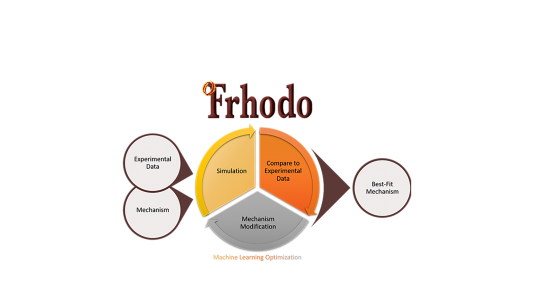Chemistry, Materials, and Nanoscience
AIToday’s complex technologies present a broad spectrum of needs in terms of designing materials and chemicals with desired performance for applications ranging from energy-efficient catalysis and ten-fold improvement in batteries to materials for quantum information applications. This new level of technological complexity, combined with the need to search undiscovered areas of the chemical and materials landscape without clear theories or synthesis directions, requires new paradigms that utilize Al.
The infusion of AI methods in materials sciences, chemistry and nanosciences will accelerate and revolutionize identification of promising materials and chemicals and the reaction pathways to make them, including novel metastable paths and states. Scientists will use Al methods to generate and analyze scientific data and to formulate new physical models and theoretical insights, describing complex interactions that have remained elusive to traditional approaches. Thus, AI methods will drive new paths for rational design of materials and chemicals, exploring atomic design spaces currently unimaginable.






